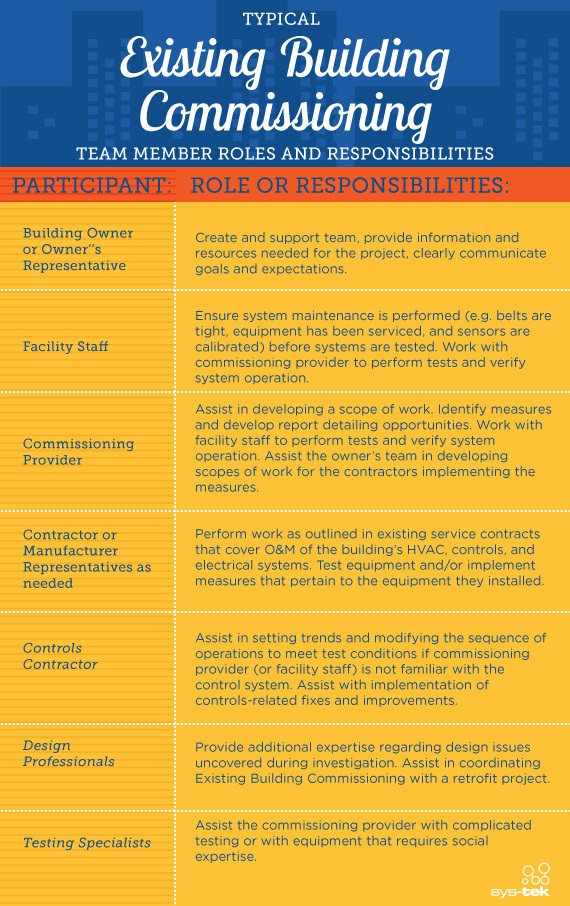Building Information Modeling
Apr 02, 2009
This week, I attended an afternoon’s worth of seminars related to Autodesk’s Building Information Modeling (BIM) products, with an emphasis on Revit MEP. What I saw and heard kind of surprised me, and I thought I’d share a little bit of that experience with you.
Going into the seminar, I have to admit I was going with a jaded eye. In my first stint in consulting, I remember using some of the first products that developed 3D modeling of piping systems. As you might imagine in 1991 or 1992, technology hadn’t advanced far enough to make 3D modeling efficient or particularly useful. The products did not interface with popularly used CAD systems, and the Client had no interest in investing in fledgling technology for their plants.
Having worked on the client side for nearly 12 years, I can say that most owners still do not have the resources to support and maintain a Building Information Model. At least today they don’t. In fact, a lot of them don’t have the resources to maintain adequate CAD files for their facilities. I see little chance that they will all of a sudden develop the resources to not only maintain more complicated building model drawing files, but also the BIM database.
About the only owner that may have the resources (or the willingness to demand the resources) is the Federal Government. And that is one of the reasons I think that BIM is here to stay, and it will only become more prevalent in the future. I’m starting to see Corps of Engineer projects that require the use of BIM — it’s the price of entry to even be eligible to do the project. And once the Government has the model, they can and will do whatever it takes to maintain the database.
And I suspect that some clever applications will develop that allow owners to tie their Maintenance Management Systems, Asset Management Systems, and other Enterprise Management Programs together with BIM. It will be either the IT Manager’s nightmare or their dream. With so many systems tied together, the IT guy will be more indispensable than they have ever been.
But I digress.
Perhaps a more likely reason that BIM usage will increase is because there is a growing core of architects, structural engineers, and contractors that are already using these tools. And they are adamant that there are significant savings for the owner. One architect at this week’s presentation has been using the tools for seven years, and has seen a 44% improvement in their efficiency over the use of AutoCAD alone. If that is truly the case, those that choose not to go this direction will get left behind.
The other trend that was apparent in today’s discussion is that for BIM to work at its best, it requires a slightly different project delivery method. The traditional project delivery model used to be “Design/Bid/Build” — we Design it, the Owner Bids it out, and the winning Contractor Builds it. Owners did not like the length of time that this delivery method required, so many of them turned to the “Design/Build” as a project delivery method. However, if an owner wasn’t sophisticated enough or was too remote from the process, they found that they gave up too much control in the end result.
BIM will demand a new method where the Design Team and Construction Team are all hired up front, and together they work to design the project. Because the model is developed together, costs are available more quickly, giving the Owner the opportunity to make decisions much earlier in the design process.
If BIM truly is the future, all the stakeholders will probably have to learn to accept this new project delivery method. And if we can all do that, then I think there are some really great gains available for everyone. I saw some truly exciting design tools — no longer will our CAD program just be a “drawing program”. Rather, it will become a tool that we use to design and draw simultaneously.
Gary has told me several times that his generation was the one that helped digitize most of the buildings in this world into AutoCAD. He has also told me that it will be the next generation that gets those buildings into 3D. After what I saw this week, I think that time is just now beginning. It will be fun to see how it unfolds.
-Damian Gerstner








